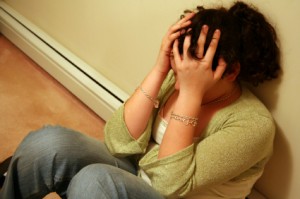 The average age of entry into commercial sexual exploitation is 13 years old. At this age, the brain has started an important stage of development during which a teenager is gaining vital decision-making skills. A trafficker understands that the teenager is going through pivotal changes and manipulates them during this tender point. They capture them young and create bonds that solidify as this brain development continues.
The average age of entry into commercial sexual exploitation is 13 years old. At this age, the brain has started an important stage of development during which a teenager is gaining vital decision-making skills. A trafficker understands that the teenager is going through pivotal changes and manipulates them during this tender point. They capture them young and create bonds that solidify as this brain development continues.
A teenager can sometimes seem like an alien who has taken over the body of a previously delightful child. At this age, they seriously begin questioning why they shouldn’t jump off the proverbial bridge if everyone else is. Adults wonder, ‘What is wrong with them?’ Well…nothing is wrong. Teenage years are a key time in brain development. Unfortunately, this makes teenagers prime targets for traffickers. The average age that children are first exploited in sex trafficking is 13.
As soon as puberty hits, the brain begins a massive undertaking that lasts until about the age of 25. This amazing process is integral in developing humans with more sophisticated reasoning and decision-making. Here are the highlights:
1. The brain begins to prune away synapses, which help signals pass throughout the brain. Those that have never been used are removed, effectively “de-cluttering” the brain and allowing for faster thinking.
2. The connection between the frontal lobe and the hippocampus strengthens. The frontal lobe is responsible for decision-making. The hippocampus plays a role in processing experiences and storing them as memories. It is particularly stimulated by new experiences. When these two parts combine, the brain is able to better use experience to inform decisions. However, during adolescence the hippocampus highly craves new experiences. This leads teenagers to take more risks than they would have before.
3. The connection between the right and left sides of the brain strengthens. This allows for more complex thinking processes. A teen is learning to weigh several factors at once.
(David Dobbs, “Beautiful Brains,” http://ngm.nationalgeographic.com/2011/10/teenage-brains/dobbs-text; Richard Know, “The Teenage Brain: It’s Just Not Grown Up Yet,” http://www.npr.org/templates/story/story.php?storyId=124119468; Sarah Jayne Blackmore, “The Mysterious Workings of the Adolescent Brain,” http://www.ted.com/talks/sarah_jayne_blakemore_the_mysterious_workings_of_the_adolescent_brain.html)
With all of these changes, teens are vulnerable to traffickers who have mastered manipulation. The trafficker perceives that teenagers feel misunderstood and knows that a teenager will be drawn to someone who shows sympathy. In order to appeal to their increased attraction to novelty and risk, the trafficker provides an environment different from what they have experienced to date. The trafficker also understands that an adolescent craves acceptance from those outside of the home. This is the brain preparing the adolescent to leave the nest one day. Anna was 12 when a trafficker slowly and sweetly inserted himself into her trust. She felt misunderstood and was afraid that her adoptive Christian family would give her back like so many foster parents had in the past. He listened to her fears, becoming her best and only friend. After a fight with her mother, Anna ran away with her friend…who then trafficked her. Anna was only 13 years old and her pimp became her world.
Because they only are beginning to use their brains’ connection between experience and decision making, teens are ripe for a trafficker’s twisted influence. Every teen is vulnerable. So, how do you protect these young people? Keep watch. If you see signs that a girl is at risk of being trafficked, ask questions. Teach them about the dangers they face by showing them Chosen, a resource Shared Hope created to make the conversation easier. This documentary tells the story of two teenage girls who were tricked into trafficking.
Don’t forget to also patiently show love, support, and guidance. And make an effort to foster a teen’s increased attraction to risk. Granting them new experiences in a productive, safe, and healthy environment is invaluable to their brain development and it ensures that they are protected during the process.
If you need help or guidance, or want to report a suspected case of human trafficking, call the National Center for Missing and Exploited Children Tipline 1-800-THE-LOST.
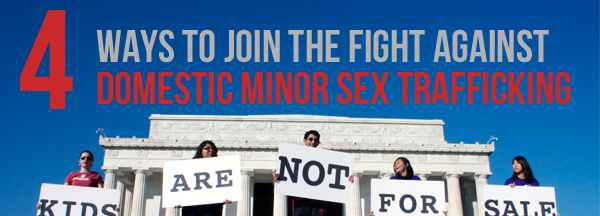
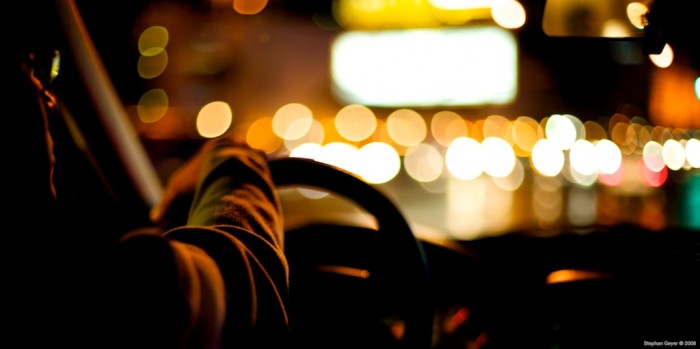
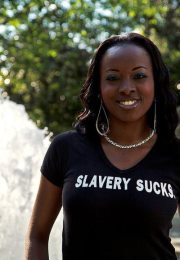

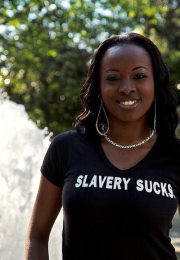
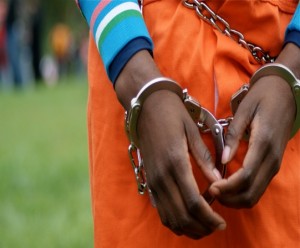 This is where things get complicated. When law enforcement becomes involved, a bottom girl will initially defend her pimp as she mistakes his abuse as an act of kindness. She defends the pimp’s act of rape, severe beatings, and verbal abuse by blaming herself. She often feels that she deserved what was done to her.
This is where things get complicated. When law enforcement becomes involved, a bottom girl will initially defend her pimp as she mistakes his abuse as an act of kindness. She defends the pimp’s act of rape, severe beatings, and verbal abuse by blaming herself. She often feels that she deserved what was done to her.





